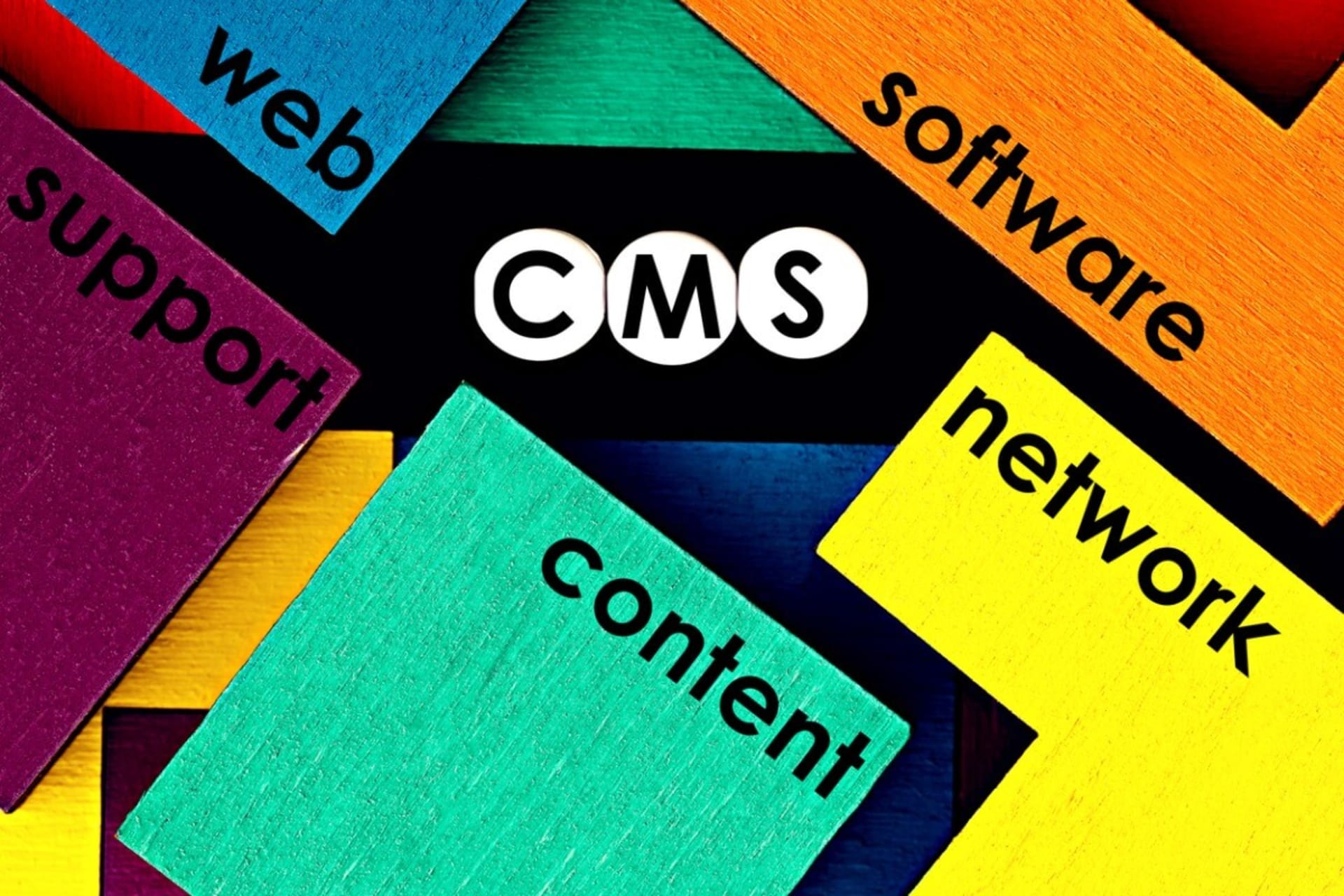By some counts, there are more than 500 cloud platforms commonly used by businesses in major markets. These range from familiar names like AWS and Azure to more obscure and specialized cloud providers that focus on a particular industry or niche application.
For most businesses, a decision on a cloud provider includes the Big 3: Amazon’s AWS, Microsoft’s Azure, and Google’s Google Cloud Platform. Each is robust, reliable, and broadly deployed and supported, yet some nuances are worth understanding as you select your cloud provider.
Amazon AWS
In terms of market share, AWS is inarguably the world’s top cloud provider, holding 38.9% of the global public cloud market in 2021. Based on this market position, nearly every cloud-aware application or device can integrate with AWS. What sets AWS apart is its cloud offerings’ breadth, depth, and flexibility. This flexibility isn’t just on the variety of offerings but also on the multiple pricing options and robust custom hardware platform that underlies AWS. We’re proud to be an AWS partner, leveraging its flexibility to deliver tailored solutions for our clients.
This flexibility allows businesses of all sizes to take advantage of AWS. From single-person app developers to large government entities and Fortune 100 companies, AWS offers a combination of services, pricing, and scalability that has given it broad appeal. Its ability to scale is largely unmatched, and services like Netflix use AWS to deliver global streaming video that can scale up or down based on global demand.
As one of the first global cloud providers, AWS was designed to be a cloud platform from the ground up. This has allowed for high-quality administrative tools, customer support, and reliability on the platform.
Microsoft Azure
While later to the market, Microsoft’s Azure cloud platform is growing quickly, with a 21.1% market share in 2021, second only to AWS. Microsoft launched its foray into the cloud with its popular Office suite and expanded into a complete platform offering covering storage, computing, AI/ML, security, and other common services. Deep integration to end-user applications has made Azure an easy choice for organizations already using Microsoft infrastructure.
Microsoft also strategically embraced other operating systems and platforms early in Azure’s development, allowing non-Microsoft shops to integrate Linux and other platforms with Azure readily.
Azure’s one area of weakness also stems from its strength in the enterprise market: it’s sometimes challenging to understand the various features of Azure and get quick access to customer support.
Google Cloud
Google is fourth in global cloud market share, behind the China-centric Alibaba Cloud. However, outside China and some Asian markets, Google Cloud Platform rounds out the top three potential providers for most organizations.
Google’s cloud was generally known more for its infrastructure and tools than end-user applications, with a particular lead in artificial intelligence, machine learning and container infrastructure. In fact, Google invented and open-sourced several key technologies in these areas, from the Kubernetes containerization engine to the TensorFlow machine learning platform.
The company has been investing in its cloud and its ability to integrate with other cloud platforms to make inroads into the corporate environments that AWS and Azure largely dominate. Part of this investment is aggressive pricing and migration assistance, making the Google Cloud worth a look, particularly if you’ve already invested in containerizing your critical applications and infrastructure.
How to Choose the Best Cloud Web Services Provider
The Big 3 providers offer robust functionality and are backed by companies that are likely to remain leaders for years to come. Rather than a single, compelling option, consider some of the more nuanced factors that might guide you to one platform or the other.
Start by considering your current technology investments and the tools and platforms with which your people have the most experience. Companies oriented toward open-source technologies and innovation might be more comfortable in Google Cloud or AWS, while organizations with decades-long relationships with Microsoft will find Azure a familiar home.
If you have trusted partnerships with software developers or other organizations, consider which platforms they prefer.
Like any investment, pricing is also an important consideration. The current competitiveness of the cloud market can be a boon for buyers. Most cloud providers will offer some form of migration assistance ranging from robust methodologies and checklists to directly funding parts of the migration.
However, the long-term price impact of computing charges should also be considered. These charges can vary wildly depending on the pricing plan you select, your workloads, and your current relationship with the vendor. Be sure you’re comfortable with your provider’s pricing. The more details you can provide about your anticipated workloads, the more scenarios you can request that the provider price as an example. If you’re struggling in this area, there’s no harm in employing external expertise to help assess and select a provider.
While this can seem like a complex and irreversible decision, one of the great (and often understated) aspects of migrating to the cloud is that it’s usually easier to migrate between providers than it was to do the initial cloud migration. It’s also easier than ever to create hybrid or multi-cloud environments, where you can access the best of each cloud provider, integrate with on-site resources, and ultimately build the right solution for your organization.







